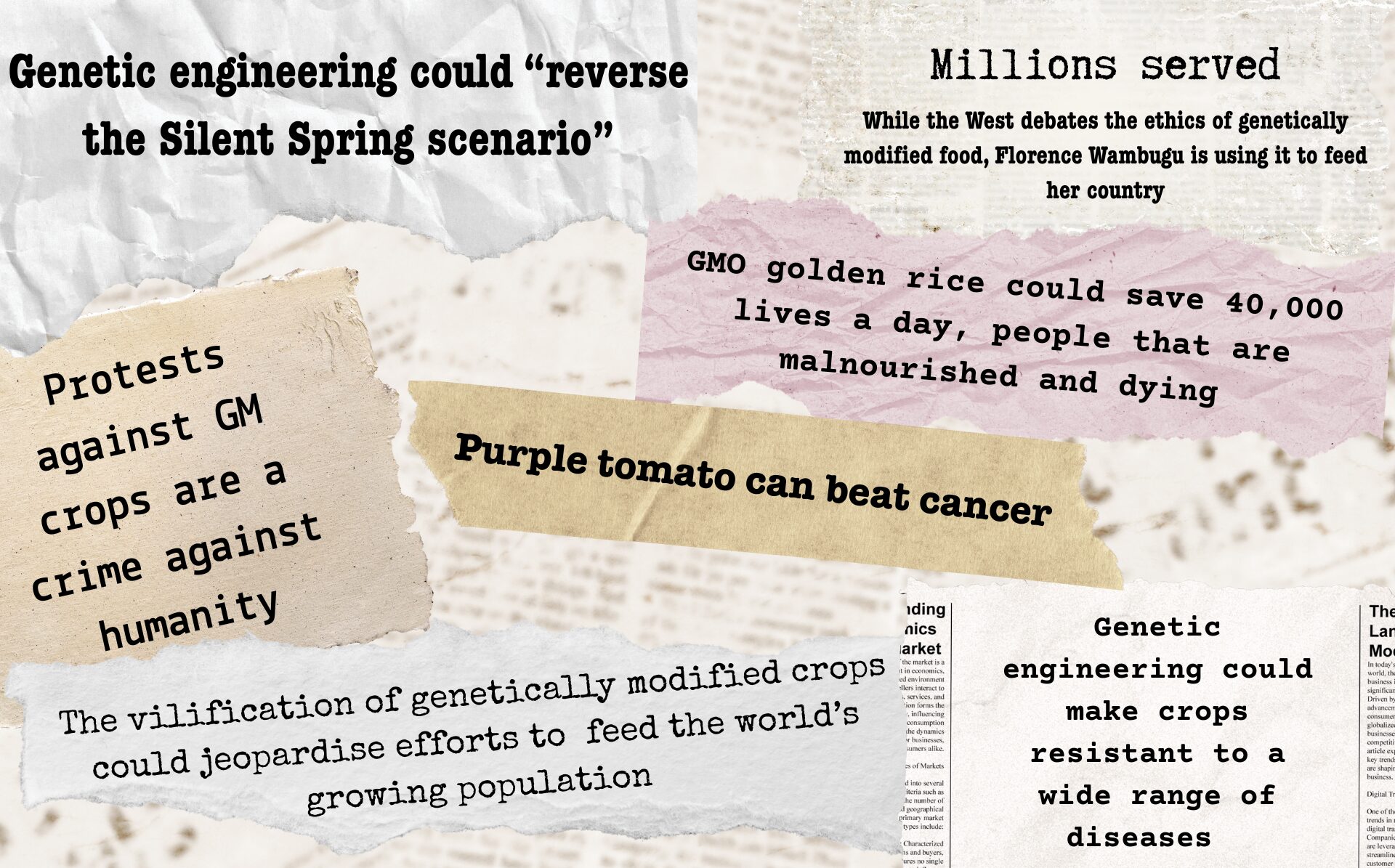Following the publication of our report “When Chatbots Breed New Plant Varieties”, experts used a publicly accessible AI tool to design a genetically modified (GM) plant with novel insecticidal properties. The experiment shows that the EU’s proposed legislation on new genomic techniques (NGT) would fail to protect the environment from serious harm if it does not take emerging technological capabilities into account.
Playing at GMO developers
Experts from Testbiotech and the Aurelia Foundation have asked the Deep Search version of ChatGPT 4o to design GM plants that produce high levels of proteins toxic to insects feeding on them (i.e. so-called pests). They also asked the AI to ensure the plant would fall within the NGT1 category of GMOs, which the EU proposes to exempt from its GMO regulations.
In a back-and-forth process with the experts, the AI suggested several CRISPR/Cas modifications in maize. These changes would enhance the production of an insecticidal protein that the plant typically produces in response to insect attacks and make its expression permanent. Insects such as butterflies and moths that feed on the engineered maize would be unable to digest it properly and would eventually starve. This would not only affect the targeted (pest) insects but also other insects, and disrupt ecosystems, food webs and biodiversity.
The novel insect-killing traits would be highly unlikely to emerge through conventional breeding. Under current EU legislative proposals, they could nevertheless be released into the environment without any prior assessment of potential environmental risks.
The NGO experts conducting the experiment, who are not GMO developers, would not have been able to create these insecticidal GM plants without the use of AI.
“We are surprised by how easy it is. You just need to be able to tell ChatGPT where it has made errors, and it will correct them for you. For companies that engineer plants using specialised AI tools, there are virtually no more limits,” says Matthias Juhas of Testbiotech.
“Of course, such GM plants could also be developed without the help of AI. But generative AI is making it much easier and faster to design such plants, and to design them in a way that they will circumvent EU GMO regulations,” Bernd Rodekohr of the Aurelia Foundation commented.
EU must rethink legislative proposals in the age of AI
The use of generative AI tools in genetic engineering has increased rapidly in recent years. However, the European Commission has failed to take this into account in its legislative proposal on new genomic techniques (NGTs).
If the law is passed as proposed, developers could use AI to create GM plants that go far beyond what is possible through conventional breeding — yet still bypass crucial environmental safety checks. The risks could be serious, and the EU would be turning a blind eye.
EU decision-makers need to go back to the drawing board and seriously consider how generative AI is already reshaping genetic engineering. They must not approve legislation that fails to protect the environment from harm that can be expected to arise. Any new law must reflect emerging technological capabilities and ensure that robust safeguards are in place to protect biodiversity and ecosystems.
- Testbiotech “ChatGPT-designed insecticidal NGT plants”
Update 22 October 2025
This experiment has now been documented in a peer-reviewed research article:
Juhas, M., Rodekohr, B., Bauer-Panskus, A., & Then, C. (2025). Combining AI and new genomic techniques to ‘fine-tune’ plants: Challenges in risk assessment. Frontiers in Plant Science, 16. https://doi.org/10.3389/fpls.2025.1677066
Photo ©Pixabay






